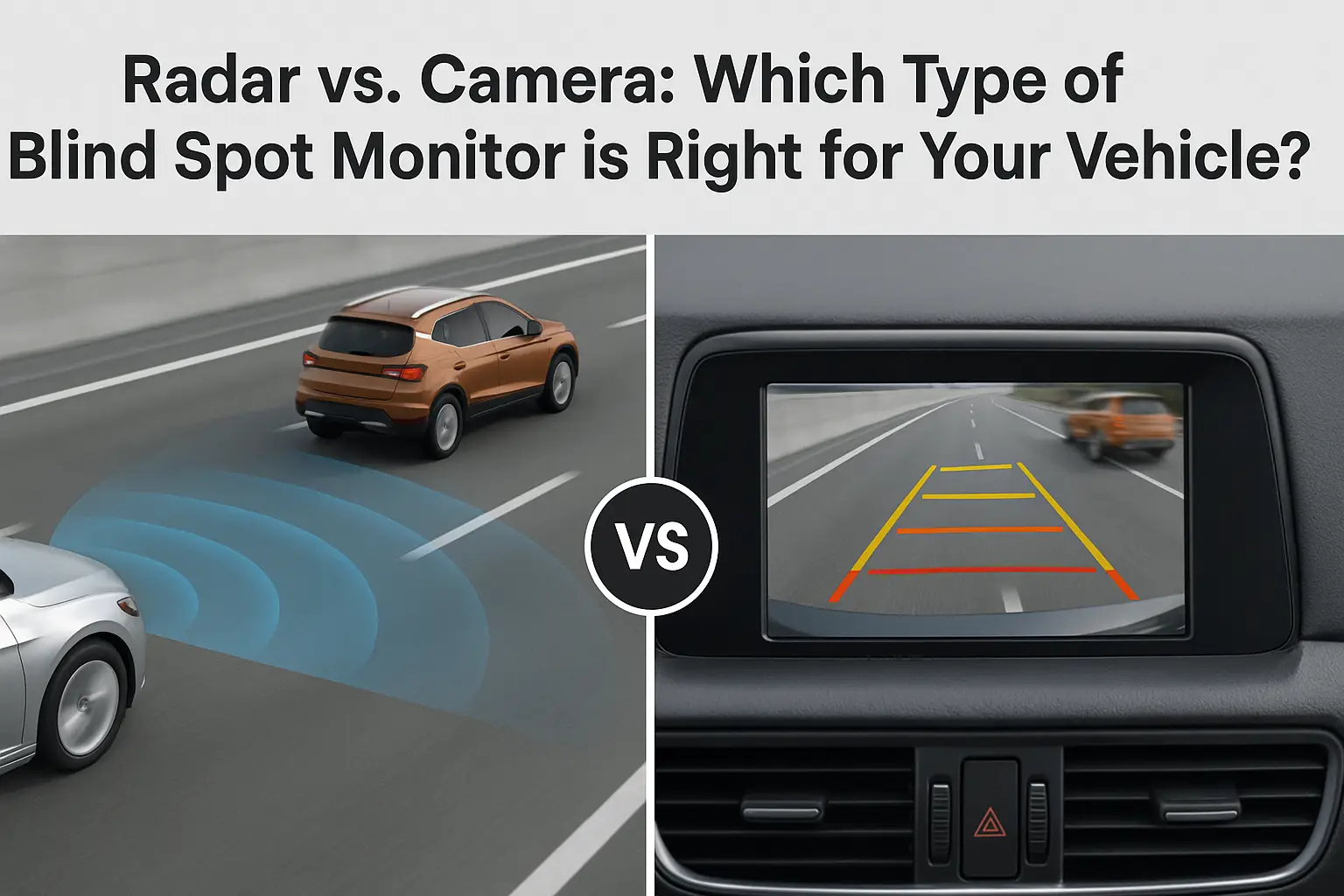Stressing about that one blind spot every time you change lanes? It's a common anxiety that can lead to near misses or worse. The right technology can give you peace of mind.
For true, all-condition safety, radar-based systems are the superior choice. They work reliably in rain, fog, and darkness. Camera systems offer a visual feed but can fail when visibility is poor, making radar the more dependable technology for protecting your drive.
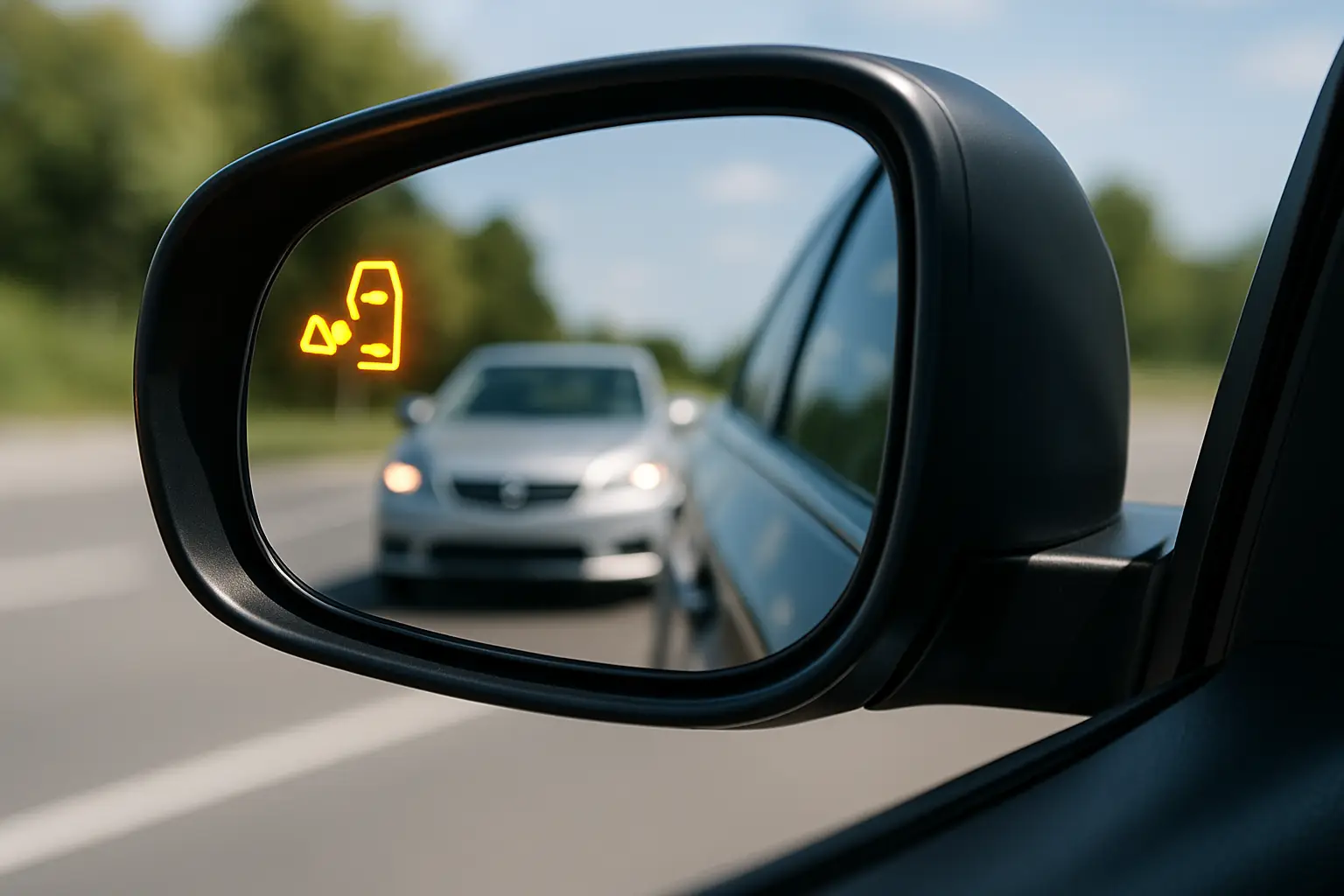
Choosing a safety system for your car feels like a high-stakes decision, because it is. It's not just about adding a gadget; it's about adding a layer of protection for you and your passengers. As the founder of VST Tech, a company built on the mission of protecting drivers, I've dedicated my career to understanding these technologies inside and out. I've seen the marketing claims and I've run the real-world tests. I want to cut through the noise and give you a detailed, honest breakdown of how radar and camera blind spot monitors work. My goal is to equip you with the knowledge to make a choice that truly enhances your safety on the road.
How Does a Radar-Based Blind Spot Monitor Actually Work?
Ever wonder how your car seems to have a sixth sense for traffic? It feels magical, but it’s grounded in solid science. Let’s get into the specifics of this impressive technology.
A radar-based blind spot monitor uses high-frequency radio waves to detect vehicles. It sends out signals and analyzes the echoes that bounce back. This allows it to precisely calculate another vehicle's position, speed, and direction, providing a warning when needed.
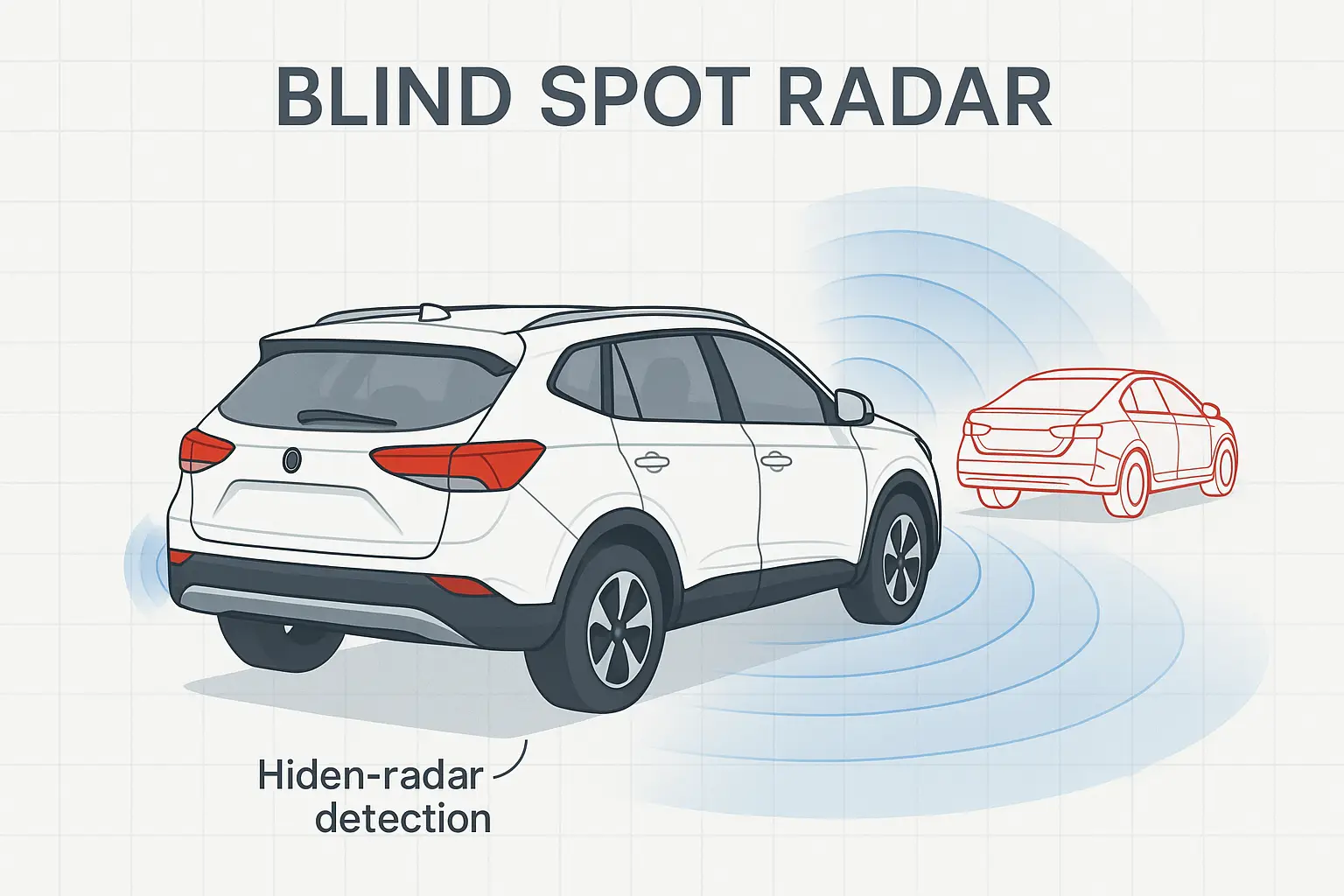
Think of it like a bat using echolocation to navigate in the dark. The system's core components are one or two radar sensors, which we install behind the corners of your vehicle's rear bumper. They are completely invisible. These sensors continuously transmit radio waves, typically in the 24 GHz or 77 GHz frequency band. The 77 GHz systems, which we use at VST Tech for our premium models, are the modern standard. They offer a wider field of view and much better resolution, meaning they can more accurately distinguish between different objects and detect them from further away. When a vehicle enters this detection zone, the radio waves hit it and reflect back. The system’s electronic control unit (ECU) then processes these return signals. It performs complex calculations in milliseconds to determine if the object is a threat. It’s smart enough to ignore stationary objects like guardrails by focusing on the Doppler effect—the change in wave frequency caused by a moving object. If a vehicle is detected moving at a dangerous speed within the blind spot, the system alerts you with a visual cue, usually an LED icon on your side mirror.
Are Camera-Based Blind Spot Systems a Good Alternative?
Is seeing believing when it comes to road safety? A camera system offers a literal window into your blind spot, but can that window get foggy when you need it most?
Camera systems use small side-mounted cameras to either display a live video feed or use software to detect cars. They provide direct visual confirmation but are unreliable in bad weather, darkness, or when the lens is dirty.
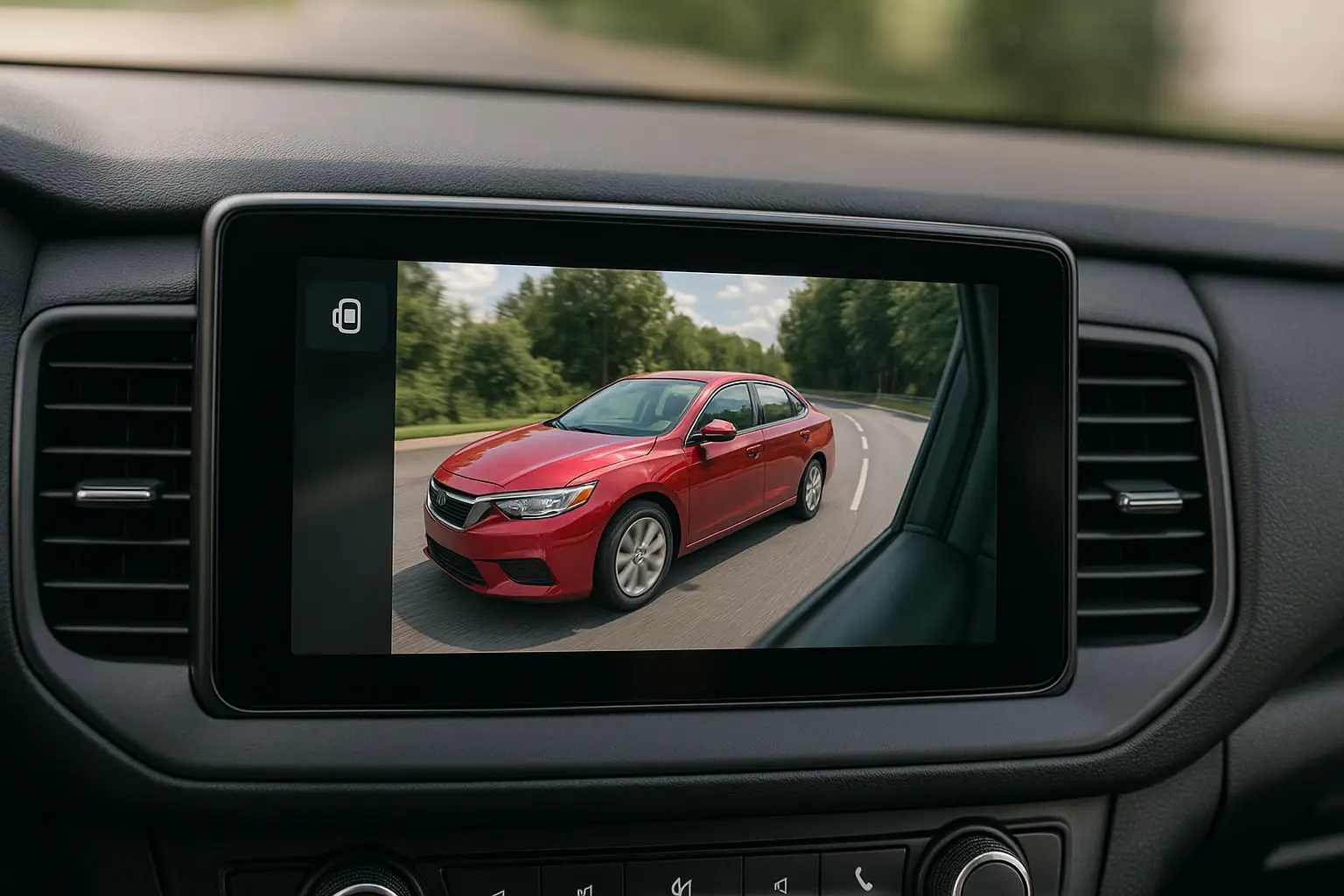
Camera-based systems take a very different approach. They fall into two main categories. The first, made popular by systems like Honda's LaneWatch, simply displays a live video feed on your car's center screen when you use your turn signal. You become the detection system. The second type is more advanced. It uses image-processing software to analyze the video feed in real-time. The software is trained to recognize the shape and movement patterns of a vehicle. When it identifies one in the blind spot, it triggers a warning light, much like a radar system. While this sounds high-tech, it introduces a significant weak point: the camera lens. During a product comparison test, I remember driving on a crisp morning. A thin layer of dew had formed on the camera lens, blurring the image just enough to make the system completely ineffective for the first ten minutes of my drive until it cleared. This is the fundamental flaw. Raindrops, road grime, direct sunlight causing lens flare, or even the low light of dusk can severely compromise the system's ability to "see." It requires constant cleaning and perfect conditions to work as intended. Furthermore, systems that show a live video feed can actually introduce a new risk: driver distraction. Your focus should be on the road ahead and quick mirror checks, not on interpreting a video on your dashboard.
Which System Offers the Best Overall Safety and Value?
When you invest in a safety feature, you're buying confidence. So which system truly delivers that promise and provides the best return on your investment in safety?
For pure, uncompromised safety, radar is the superior investment. Its reliability in all conditions provides true value. Cameras are a cheaper option, but their performance limitations present a safety risk that outweighs the initial cost savings.
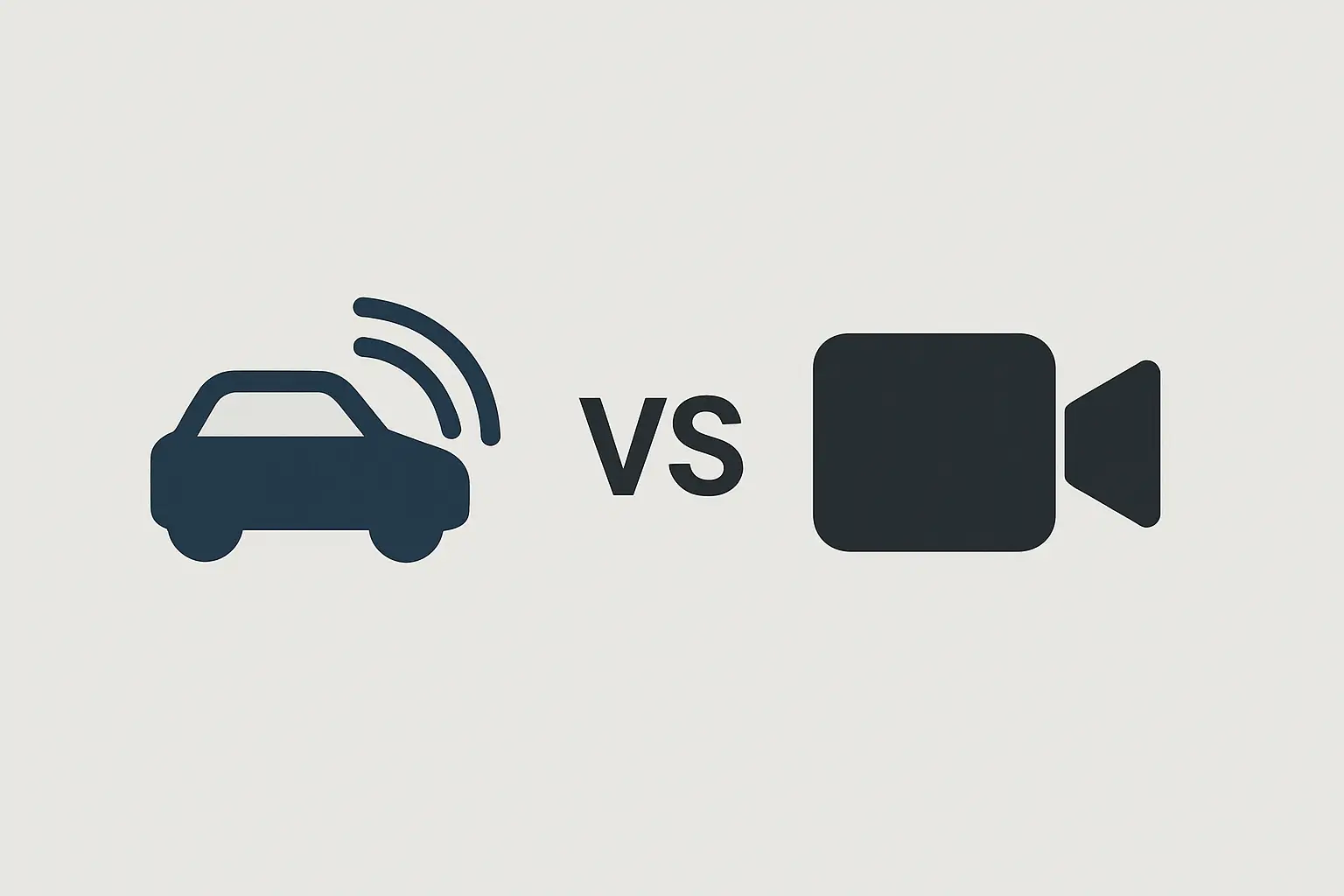
The concept of "value" in safety technology is not just about the upfront cost. It’s about performance when stakes are highest. A system that works only 90% of the time is failing you in the 10% of situations that are often the most dangerous—like merging on a rainy highway at night. This false sense of security can be more hazardous than having no system at all, as it may lead a driver to neglect traditional checks. Radar technology is the foundation for a suite of safety features. The same sensors used for blind spot detection also power Rear Cross-Traffic Alert (RCTA), which warns you of approaching cars when you're backing out of a parking spot. This multi-functionality provides greater overall value. A camera system is typically a one-trick pony. At VST Tech, we chose to specialize in radar because we believe a safety system must be as close to 100% reliable as possible.
Detailed Feature Breakdown
Let's put them head-to-head on the features that matter most.
| Feature | Radar-Based System | Camera-Based System |
|---|---|---|
| Detection Method | Radio Waves (Echolocation) | Optical (Video Feed or Image Processing) |
| Performance in Bad Weather | Excellent. Unaffected by rain, snow, fog. | Poor. Severely degraded by weather and dirt. |
| Performance at Night | Excellent. Works flawlessly in complete darkness. | Limited. Depends on ambient light and headlight quality. |
| Maintenance | None. Sensors are protected behind the bumper. | High. Lens requires frequent cleaning. |
| Potential for Distraction | Low. A simple, intuitive light on the mirror. | High. Video feed requires looking at the center screen. |
| Integration with ADAS | Excellent. Powers features like RCTA. | Limited. Usually a standalone function. |
| Long-Term Value | High. Reliable, multi-functional, and robust. | Low. Prone to failure, offers a single function. |
Your driving habits should guide your final choice. If you're a daily commuter facing unpredictable weather, or you often drive long distances on the highway, a radar system's consistency is non-negotiable. For a family vehicle, where safety is the absolute top priority, radar is the responsible choice. The extra cost is a small price for the assurance that your second set of eyes is always open, always vigilant, no matter the conditions outside.
Conclusie
For consistent, all-weather performance, radar is superior. It provides reliable protection when you need it most. While cameras offer a visual, their limitations make radar the professional’s choice for safety.

